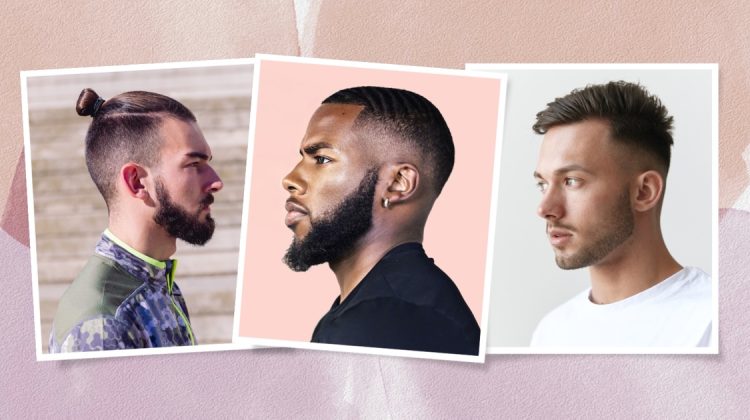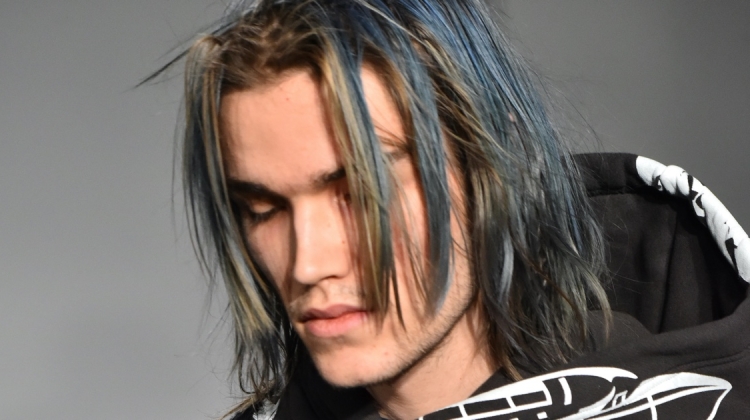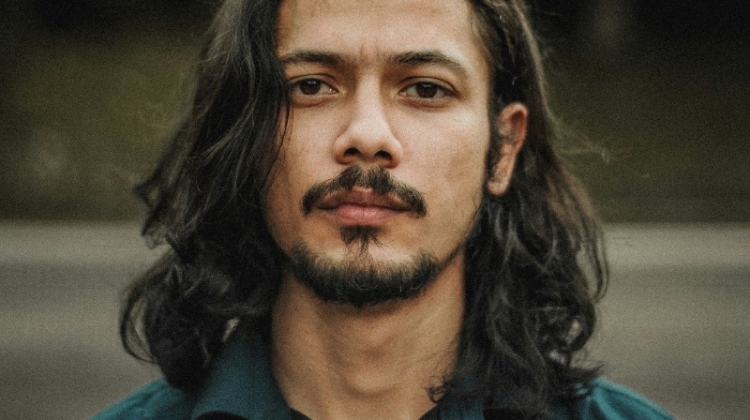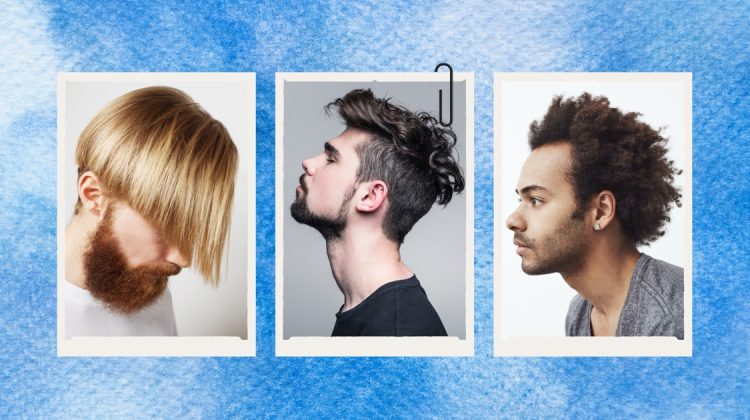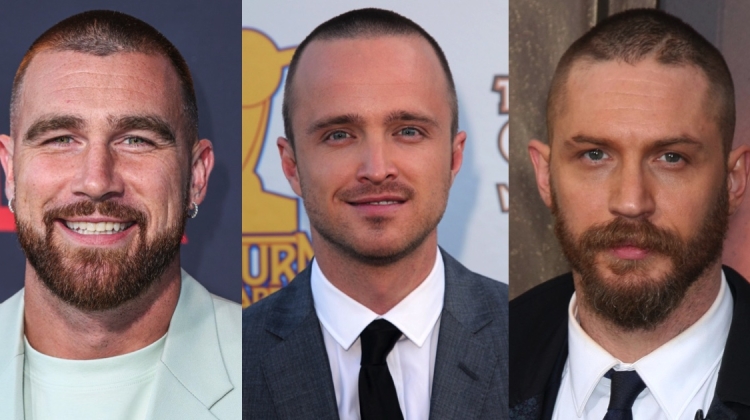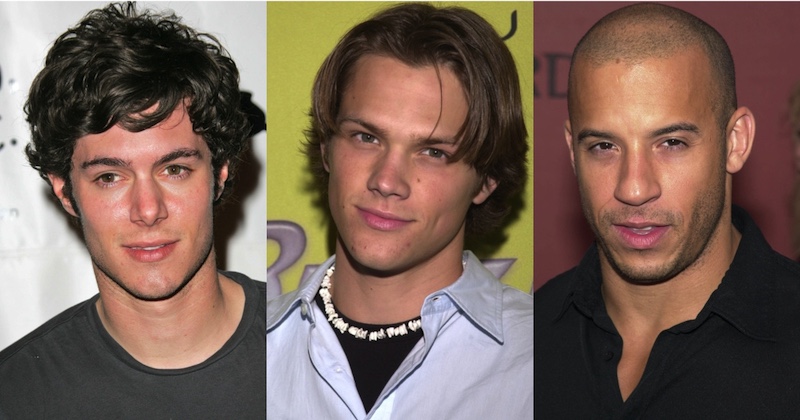
The early 2000s were not a subtle period. Men’s Y2K hairstyles followed suit, shaped by pop idols, teen soaps, and the last gasp of the pre-Instagram red carpet. Gelled tips, flat-ironed bangs, and cropped fades all spoke to a grooming culture obsessed with visibility.
Popular Men’s Y2K Hairstyles
These early 2000s hairstyles were central to the louder logic of the Y2K fashion aesthetic. Hair was sculpted, blown out, bleached, flattened, or spiked to match the mood of the moment. Whether paired with puka shells or leather jackets, the look was always curated.
Bleached Hair
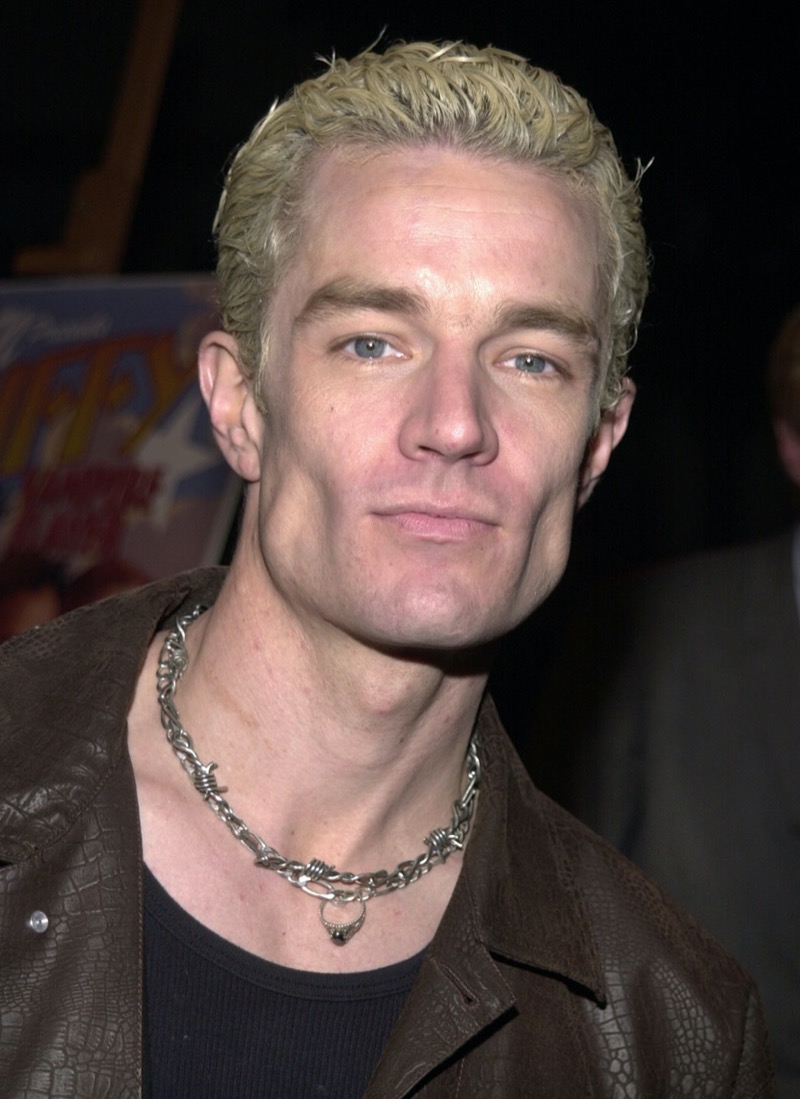
Bleached hair was a rebellious Y2K staple that spanned boy bands, punk scenes, and vampire dramas. Usually done with box dye or salon peroxide, it delivered maximum impact with minimal length, often paired with dark roots or spiked gel styles. The look conveyed edge, defiance, and late-night MTV appeal, cutting across subcultures from pop to goth.
The Buzz Cut
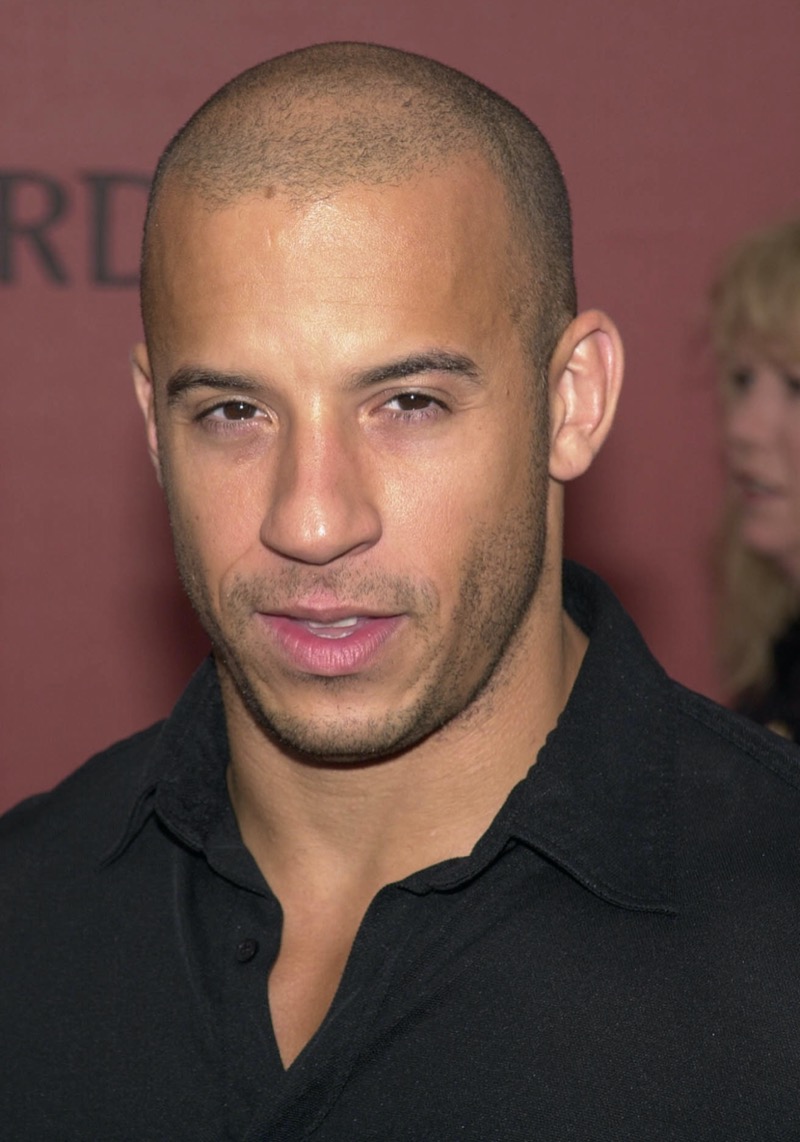
The buzz cut in the Y2K era traded military severity for action-hero appeal. Close-cropped all over with clippers, it emphasized bone structure and masculinity with zero maintenance. The Y2K buzz cut became a go-to for actors cast as street racers, mercenaries, or antiheroes, and reflected a cultural pivot toward functional grooming and gym-built physiques over salon styling.
Cornrows
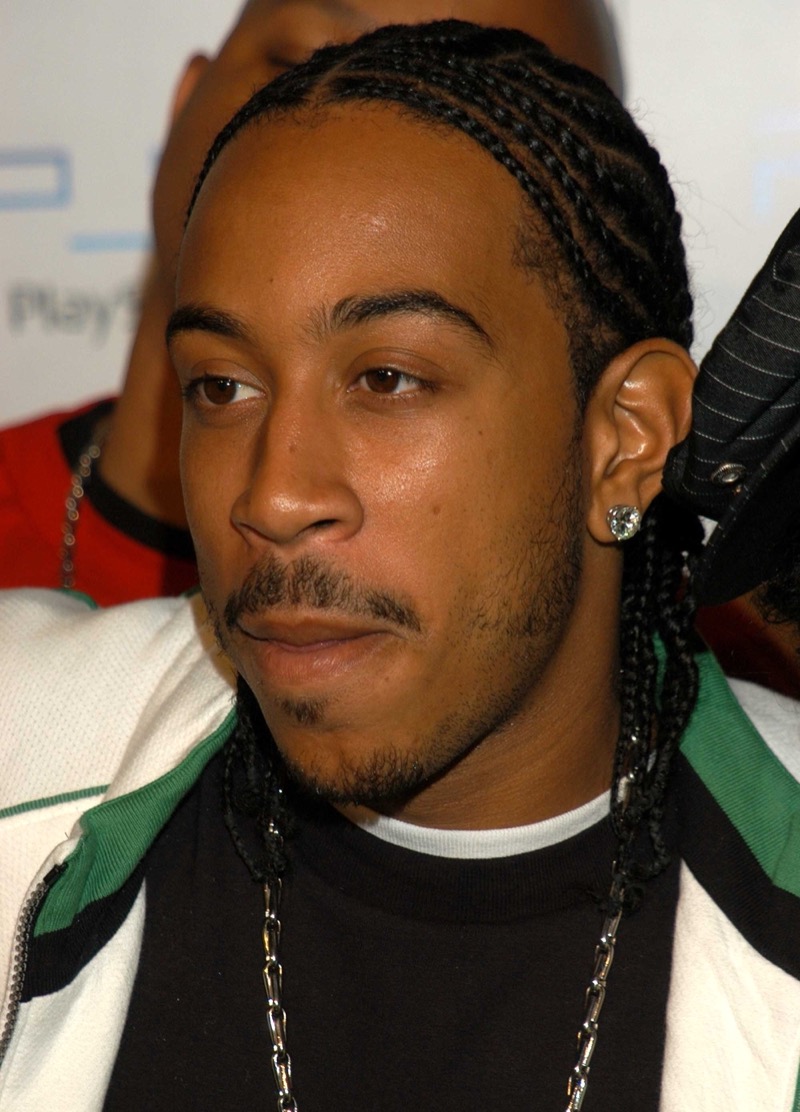
Cornrows were a prominent Y2K style tied to hip-hop, basketball, and Southern rap culture. The look involves tightly braided rows running back from the hairline, often designed with clean, symmetrical patterns. It was frequently seen at award shows and in music videos.
Curly Mop Haircut
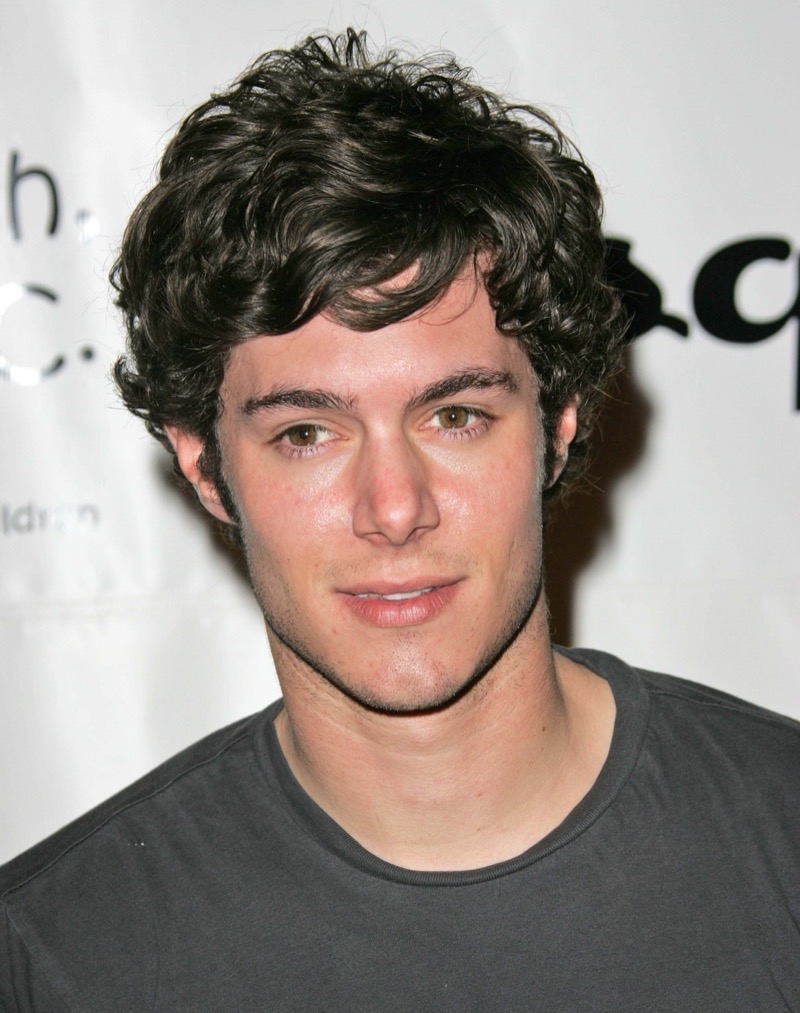
The curly mop haircut was the indie-aligned answer to the flat-ironed trends of the Y2K era. It kept the length medium, the volume natural, and the part ambiguous. Popular among TV leads, emo bands, and kids who owned Strokes vinyl, it looked best when unstyled but deliberate, giving off effortless appeal without looking unkempt.
The Curtain Cut
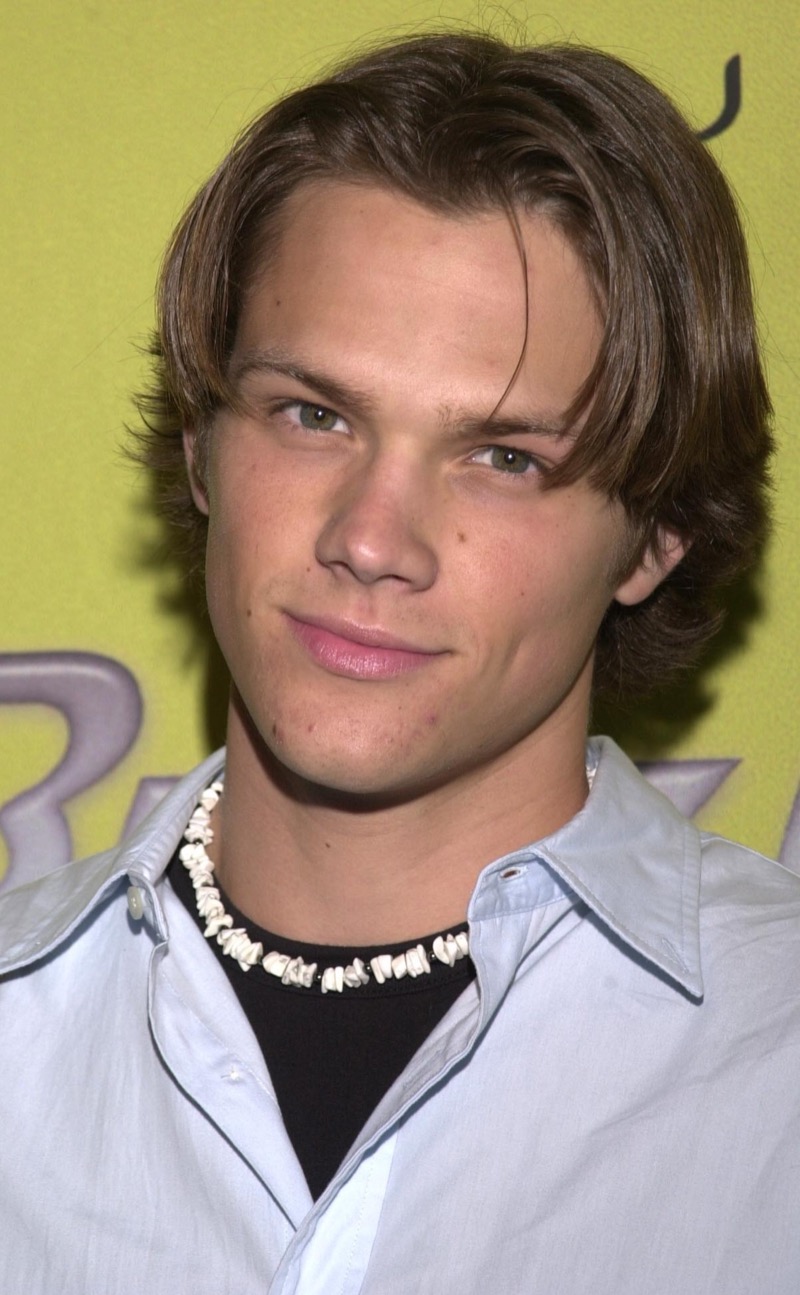
The curtain cut was the definitive Y2K heartthrob hairstyle, parted down the middle or slightly off-center with layered sides that framed the face. The curtain hairstyle thrived on natural volume and a bit of movement. Popularized by late-‘90s teen TV and mall culture, it telegraphed boyish confidence and required minimal styling to maintain its loose shape.
Frosted Spiky Hair
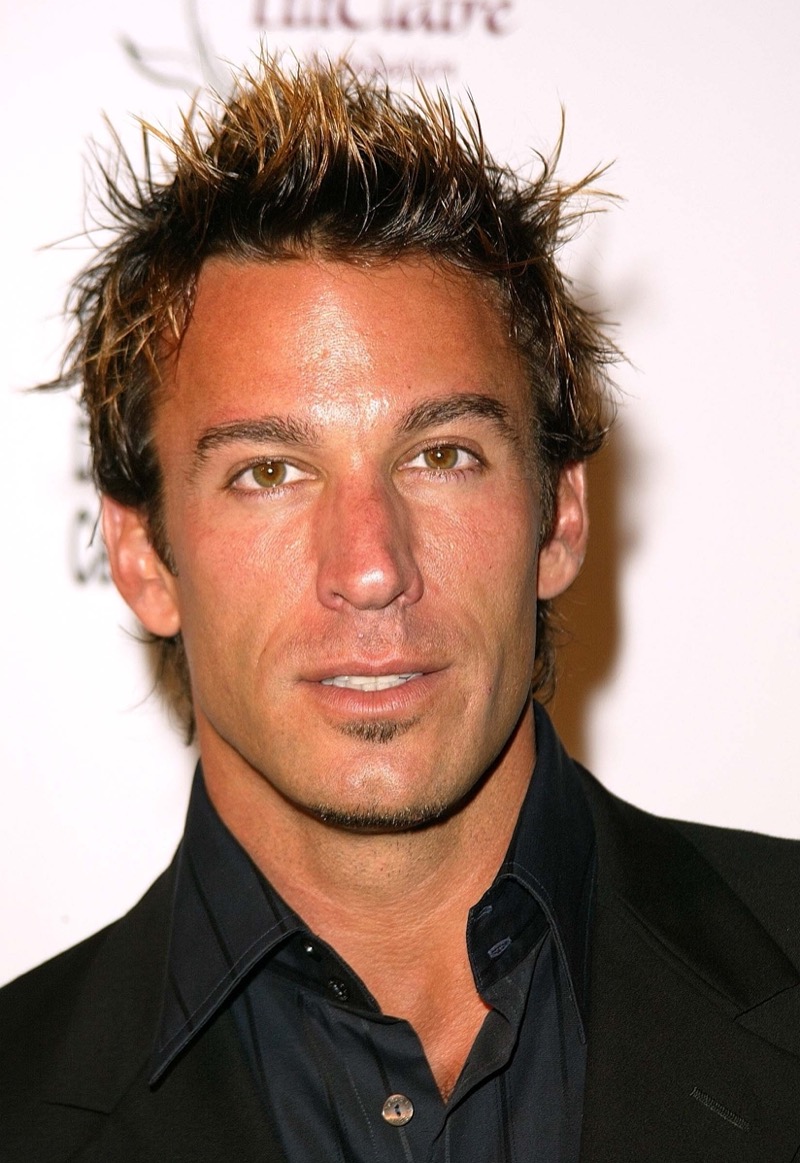
Frosted spiky hair defined peak Y2K club style: spiked tips, bleached highlights, and enough gel to survive a wind tunnel. The look was built on short to medium layers, often with slightly longer hair at the crown to maximize vertical lift. It lived in the world of bottle service, trucker hats, and Maxim covers.
The Layered Cut
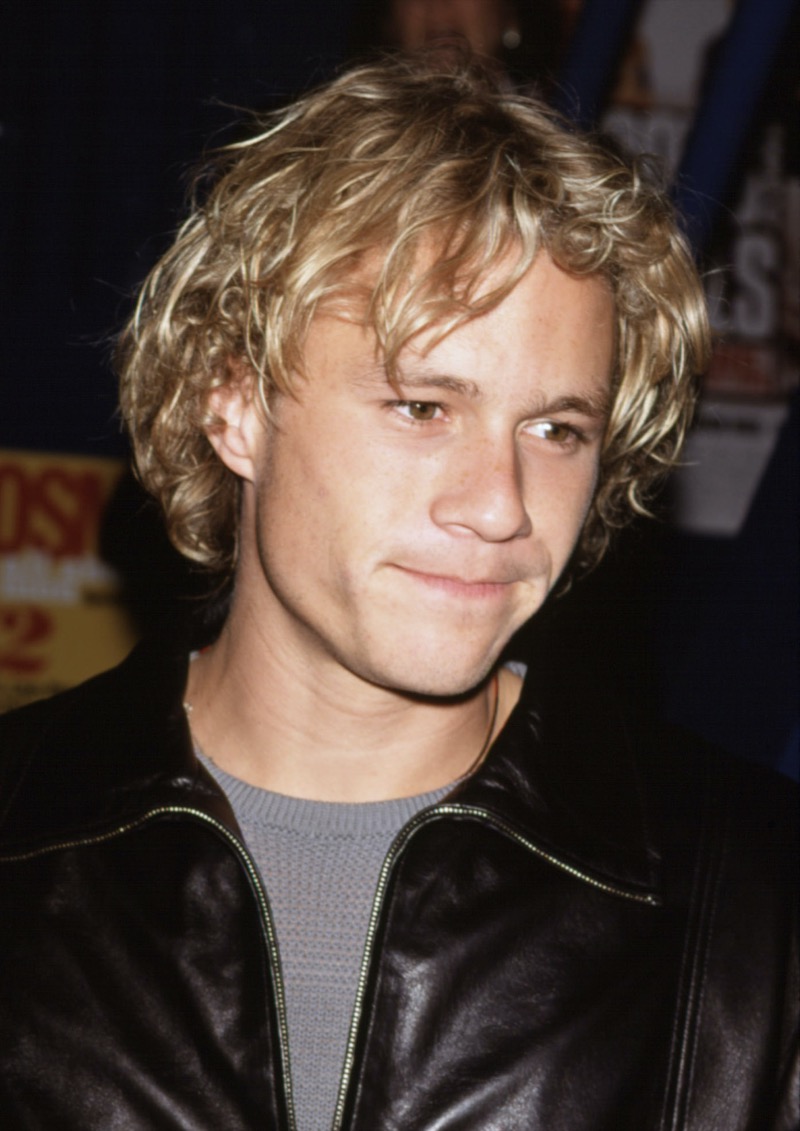
The layered cut was a Y2K mainstay for actors who played charming outsiders and didn’t look like they used product. It featured medium to long length, soft waves, and subtle layering to let natural texture do the work. Popular in both coastal and grunge-adjacent circles, it was more wash-and-wear than salon styled.
Shaggy Surfer Hair
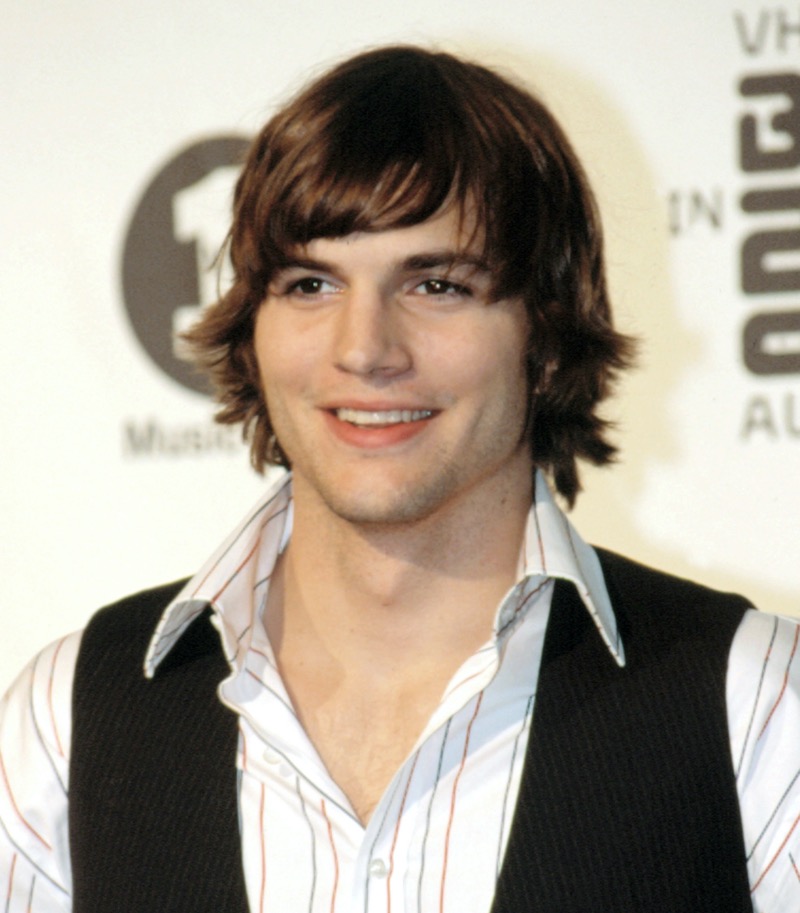
Shaggy surfer hair captured the laid-back energy of early 2000s youth culture. It was defined by medium length, flipped-out ends, and soft layers. The surfer hairstyle looked best with some natural wave and a bit of overgrowth.
The Short Shag
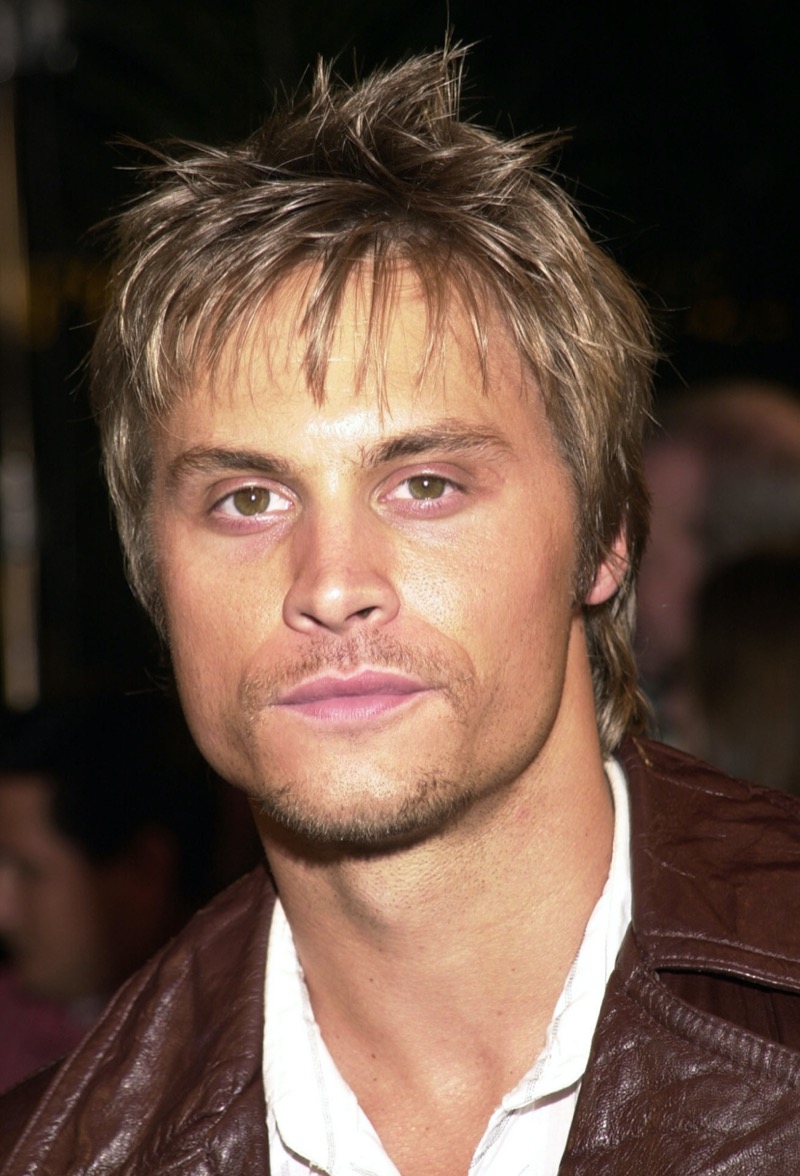
The short shag was a heavily layered Y2K staple that worked best with thick hair and a flat iron. It featured razored ends, spiky volume, and a choppy fringe, with enough movement to fake a bedhead look while still being clearly styled. It skewed clubby, edgy, and vaguely rebellious.
The Tapered Caesar
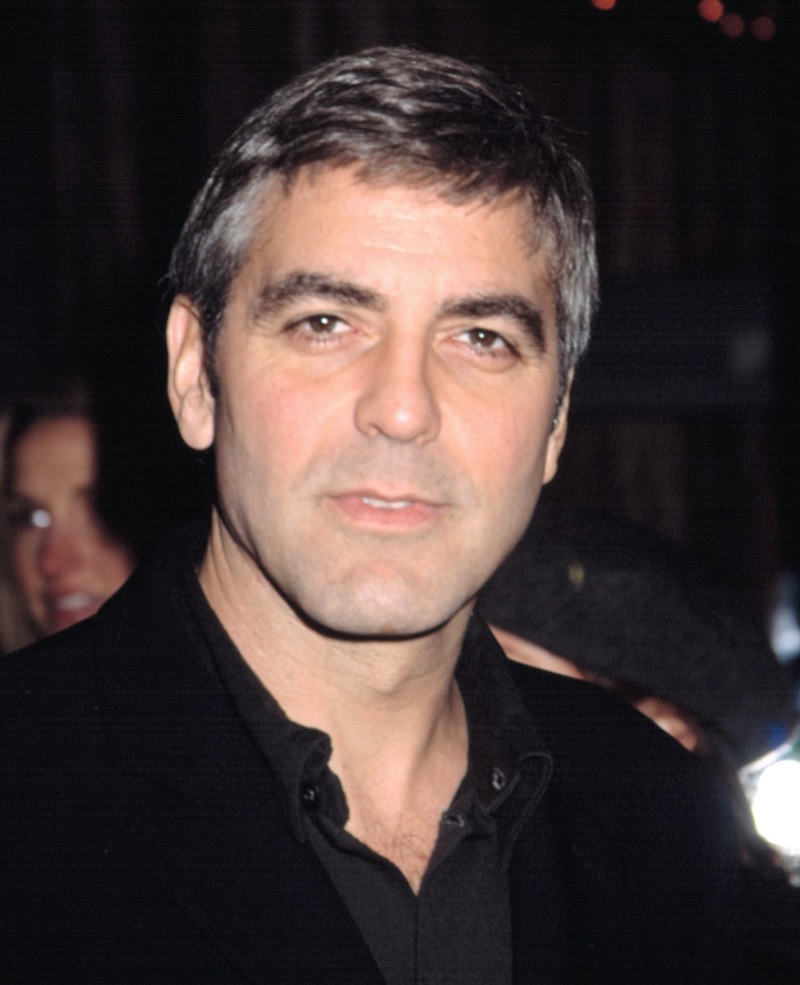
The tapered Caesar cut offered a clean, adult alternative to the more chaotic Y2K styles. Characterized by short sides, a cropped top, and a lightly defined fringe, it maintained a square shape. It suited men aging out of the boy band era but not ready to let go of grooming entirely.
